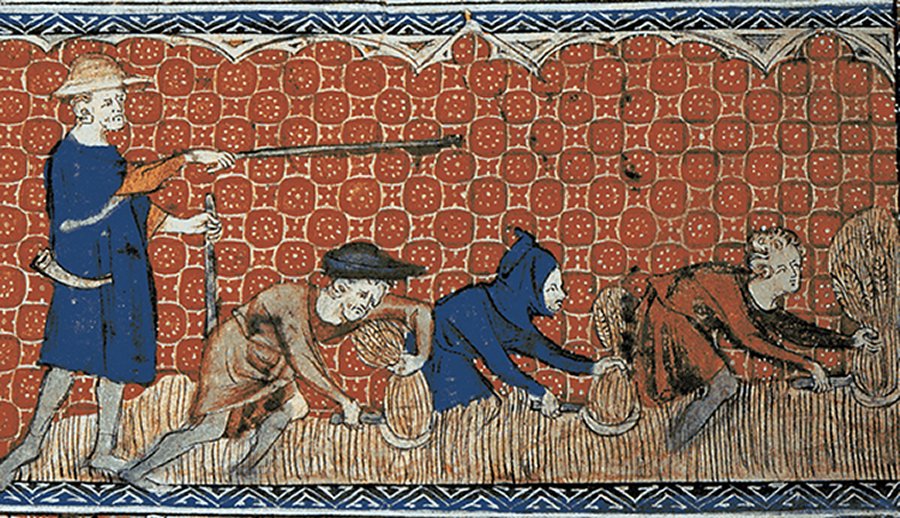MessageToEagle.com – The long history of severe droughts across Europe and the Mediterranean has been recorded in historical documents and ancient journals.
Now, for the first time, researchers are getting a more in depth look at climate change in Europe.
Together with two previous drought atlases covering North America and Asia, the “Old World Drought Atlas” significantly adds to the historical picture of long-term climate variability over the Northern Hemisphere.

In so doing, it should help climate scientists pinpoint causes of drought and extreme rainfall in the past and identify patterns that could lead to better climate model projections for the future.
“The Old World Drought Atlas fills a major geographic gap in the data that’s important to determine patterns of climate variability back in time,” said Edward Cook, a researcher at Columbia University’s Lamont-Doherty Earth Observatory, in a news release.
“That’s important for understanding causes of megadroughts, and it’s important for climate modelers to test hypotheses of climate forcing and change.”
![The maps are presented in reverse chronological order based on documentary climate records: from the best years recorded by instrumental climate records [1921 (A) and 1893 (B)] to the lesser known years [1741 (C), 1616 (D), 1540 (E), and 1315 (F)]](https://www.messagetoeagle.com/wp-content/uploads/2015/11/drought2000maps2.jpg)
However, for now, this anomaly is not fully understood.
Climate models have had difficulty reproducing megadroughts of the past, indicating something may be missing in their representation of the climate system, according to Cook.
The drought atlases are an important tool for understanding of complex climate processes occurring across the globe.
In the Science Advances paper, Cook and his coauthors compare results from the new atlas and its counterparts across three time spans during the generally warm Medieval Climate Anomaly (1000-1200), the Little Ice Age (1550-1750), and the modern period (1850-2012).
MessageToEagle.com
source:






